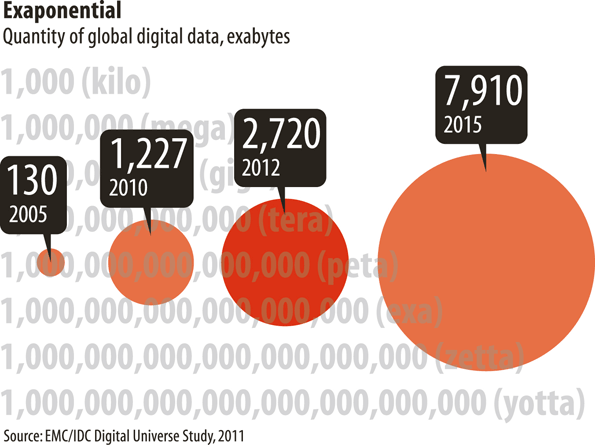USA.gov - links to government statistical sources
Data.gov - raw and geospatial datasets
MapStats - Statistical profiles of States, counties, cities, Congressional Districts, and Federal judicial districts.
Statistical Abstract (online) - Latest edition available in print at the Information Commons Desk. Earlier paper editions available in the Government Documents Department Docs C 3.134: 1893-2011.

Sourcebook of Criminal Justice Stats
Statistical agencies of the U.S. government
Census Bureau- see subpage
Federal Reserve Economic Data - data and pulbications for US finance and trade
Bureau of Labor Statistics - extensive collection of statistics and reports broadly related to employment and economics
National Science Foundation - status of science & engineering including education, employment, funding, policies.
TranStats U.S. Bureau of Transportation Statistics
Aimed at providing "one stop shopping" for transportation data. Explore by mode, subject, or agency. Includes a Mapping Center for viewing and analyzing data geographically.
Tax Statistics - Internal Revenue Service
The Statistics of Income (SOI) program produces data files compiled from tax and information returns filed with the IRS.
USGS Water Data for the Nation (Geological Survey)
Provides access to water-resources data collected at approximately 1.5 million sites in all 50 states, the District of Columbia, and Puerto Rico.